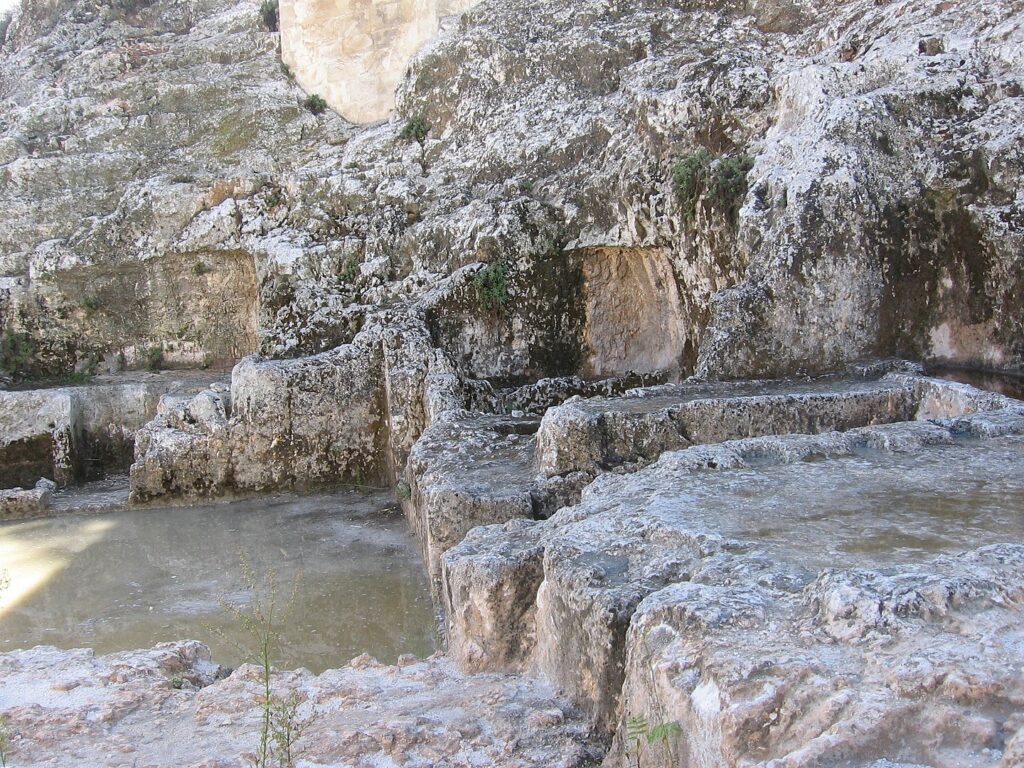Kettef Hnnom – The shoulder of Hinnom is an archaeological site with a system of burial caves dating back to the days of the First Temple.

The site is located in Jerusalem, at the foot of the Scottish Church, St. Andrew’s Church, next to the Begin Heritage Center. The name for the site was chosen by the archaeologist Gabriel Barkai from the Department of Archeology at Tel Aviv University, who combined the biblical concepts “Shoulder of the Hibbos” with “Guy ben Hinnom”. Hinnom’s shoulder is part of the necropolis – the “city of the dead” of Jerusalem, a well-known phenomenon in ancient cities: the city is surrounded on all sides by a “ring” of graves. Its name was given to it due to its being adjacent to Ben Hinnom Gorge to the west. Quite a few burial systems dating back to the days of the Judean kings were discovered in the entire area, alongside the remains of a Byzantine church, hewn shaft tombs from the Roman period, and a field of cremation graves of the soldiers of the 10th Roman Legion. When the complex in the Hinnom shoulder is the largest and richest of all finds. The site has been excavated several times since the beginning of the 20th century, but the largest and most comprehensive excavation was conducted in the early 80s of the 20th century by Dr. Gabriel Barkai. The burial caves that were discovered are similar to each other in their pattern. A group of seven caves was discovered at the site, Five caves with a single burial chamber, and two caves with multiple chambers: a large chamber, completely carved in the rock, from which you can access smaller chambers, also carved in the bedrock. In each chamber there are carved bunks, on which the dead were placed, and below them a large pit, where the bones were collected after A period of time of about a year. The ceiling of most of the caves collapsed during history, and most of the pits were found empty due to grave robberies. However, findings from completely different periods were discovered, including remains from the Ottoman period, which shows the different uses that were made of the caves over the years.


